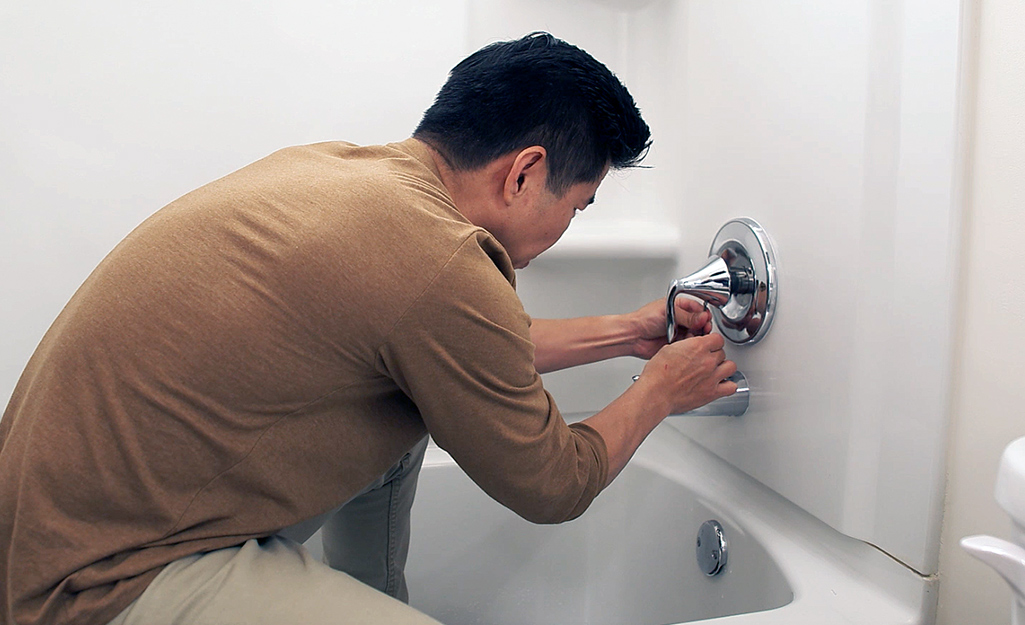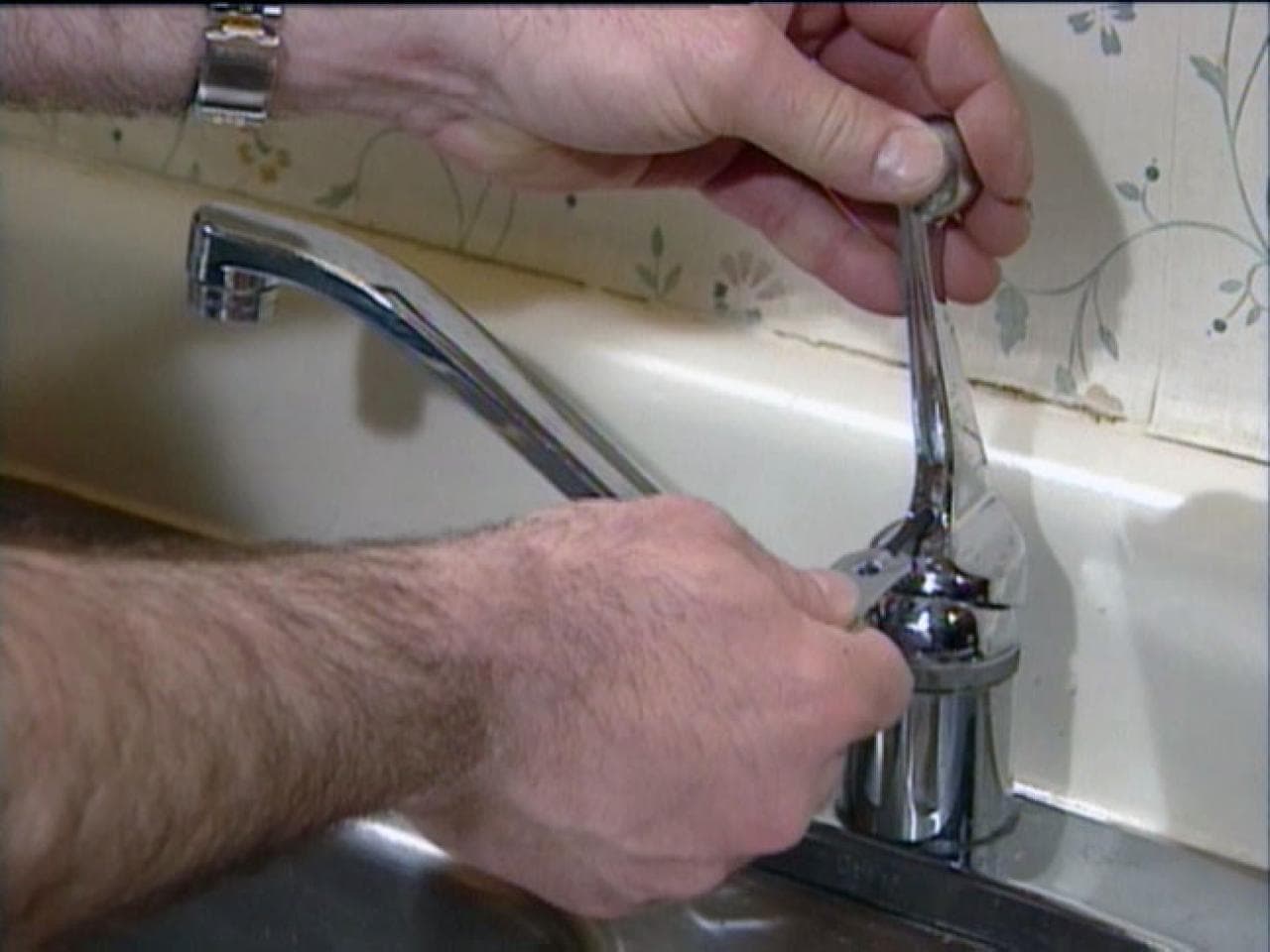My Motives Behind Correcting a Malfunctioning Faucet
My Motives Behind Correcting a Malfunctioning Faucet
Blog Article
The author is making a number of great pointers on the subject of Water Dripping from Faucet: Why and How to Fix as a whole in this great article in the next paragraphs.

Trickling faucets might feel like a minor trouble, however their influence goes beyond just the annoyance of the noise. From drainage to sustaining unneeded monetary costs and health dangers, ignoring a leaking tap can bring about numerous effects. In this article, we'll explore why it's critical to address this typical house problem immediately and successfully.
Wastefulness of Water
Environmental Effect
Dripping taps contribute considerably to water wastage. According to the Epa (EPA), a solitary faucet trickling at one drip per secondly can squander more than 3,000 gallons of water per year. This not just pressures water resources yet additionally impacts communities and wildlife dependent on them.
Step-by-Step Overview to Dealing With a Dripping Faucet
Devices Required
Prior to attempting to fix a leaking faucet, gather the required tools, consisting of a flexible wrench, screwdrivers, replacement parts (such as washing machines or cartridges), and plumber's tape.
Typical Faucet Issues and Their Solutions
Determine the sort of faucet and the specific problem triggering the drip. Usual issues consist of worn-out washing machines, corroded shutoff seats, or faulty O-rings. Describe supplier guidelines or on-line tutorials for detailed support on fixings.
Financial Prices
Increased Water Expenses
Past the ecological effect, trickling taps can blow up water costs significantly. The gathered wastage in time equates into greater energy expenses, which might have been stayed clear of with timely fixings.
Potential Residential Or Commercial Property Damage
Furthermore, long term trickling can cause damage to fixtures and surface areas bordering the tap. Water build-up can cause staining, corrosion, and even structural concerns if left ignored, causing added fixing expenses.
Health Problems
Mold and Mildew Development
The consistent visibility of dampness from a leaking faucet develops a suitable atmosphere for mold and mold development. These fungi not only jeopardize indoor air high quality but likewise posture wellness dangers, especially for people with respiratory system conditions or allergies.
Waterborne Illness
Stagnant water in leaking faucets can end up being a breeding ground for microorganisms and other virus, enhancing the risk of waterborne conditions. Impurities such as Legionella germs grow in stationary water, possibly causing significant illnesses when ingested or breathed in.
DIY vs. Professional Repair work
Advantages and disadvantages of Do It Yourself Repair Work
While some might attempt to deal with a dripping faucet themselves, do it yourself repair work feature their own set of challenges. Without appropriate expertise and tools, DIY efforts can worsen the concern or cause insufficient repairs, prolonging the problem.
Advantages of Hiring a Specialist Plumber
Working with a professional plumber makes sure that the underlying cause of the dripping tap is dealt with efficiently. Plumbers possess the know-how and devices to identify and repair tap issues successfully, saving time and reducing the risk of further damage.
Environmental Responsibility
Individual Contribution to Preservation
Taking responsibility for taking care of trickling taps lines up with wider initiatives toward water conservation and environmental sustainability. Every individual's actions jointly make a substantial effect on preserving valuable sources.
Sustainable Living Practices
By focusing on prompt repairs and embracing water-saving habits, individuals add to lasting living practices that benefit both present and future generations.
Safety nets
Routine Upkeep Tips
To prevent trickling faucets, carry out routine upkeep such as cleaning aerators, checking for leakages, and replacing damaged parts quickly. Additionally, consider installing water-saving devices or upgrading to more effective components.
Significance of Prompt Repairs
Dealing with dripping faucets as soon as they're observed prevents more water wastefulness and potential damages, eventually saving both water and money over time.
Impact on Building Value
Assumption of Well-Maintained Home
Preserving a residential or commercial property in good condition, including dealing with maintenance issues like dripping faucets, improves its viewed worth and value amongst possible buyers or occupants.
Impact on Resale Worth
Characteristics with well-kept plumbing fixtures, including faucets, command higher resale values in the realty market. Attending to trickling faucets can contribute to a positive impact during residential or commercial property inspections and arrangements.
Final thought
Resolving a leaking faucet goes beyond plain ease; it's an essential step towards preserving water, decreasing financial prices, and guarding health and residential or commercial property. Whether through DIY fixings or professional aid, acting to take care of trickling taps is a little yet impactful means to promote accountable stewardship of sources and contribute to a much healthier, much more lasting future.
How to Fix a Leaky Faucet: Step-by-Step Repair Guide
A leaky faucet may seem like a simple annoyance, but if it's not fixed promptly, that leak could cost hundreds to potentially thousands. From water damage to mold, mildew, and high water bills, even a tiny leak can be catastrophic if left unattended. Damage like this can even affect the overall value of your home, so it's important to take the right approach for leaky faucet repair. You may need the help of a plumber in some cases, but we've got a few tips you can try on how to fix a leaky faucet before calling the pros.
Four Faucet Types
When you're learning how to fix a leaky faucet, the first step is knowing what kind of faucet you're working with! There are four common types.
Cartridge Faucets
Cartridge faucets come in one- or two-handled varieties. In one-handled cartridge faucets, hot and cold water combines in a single cartridge. In the two-handled versions, hot and cold water are controlled separately and mixed in the faucet.
Ball Faucets
Ball faucets have a single lever you push up and down to adjust the pressure and rotate to change the temperature. A slotted metal ball controls the amount of water allowed into the spout.
Compression Washer Faucets
They're the oldest type of faucet, but they're still used in many homes — especially older ones. Compression faucets have two separate handles that, when turned, raise or lower the washer that seals a water valve. This valve stops water from flowing through the faucet when it is turned off.
Disc Faucets
Disc faucets rarely need to be repaired due to their maintenance-free design. The water flow is controlled by two discs — the upper one raises and lowers against a fixed lower disc, creating a watertight seal. If your disc faucet starts leaking, you may need to replace the seals or clean residue buildup from the inlets.
Fixing a Leaky Faucet
Step 1: Turn Off the Water
Whether you're learning how to fix a leaky bathtub faucet or how to fix a leaky kitchen faucet, always turn off the water supply to your working area when you're fixing a leak. The last thing you want is a flood added to your list of things to fix.
Look for the shutoff valves below your sink or around the tub and turn them clockwise to stop the water flow. If your faucet doesn't have shutoff valves, you may need to turn off the water for the whole house. Check to make sure it's off by turning the faucet on. If nothing comes out, you're ready to start the repair.
Step 2: Take Apart the Faucet
How you disassemble your faucet depends on the type of fixture you have. You can use a flathead screwdriver to remove the caps on top of the handle or handles for cartridge and compression faucets. Inside, you should see handle screws. Unscrew these with a screwdriver to remove the handle.
Disc- and ball-style faucets will typically have an inlet screw near the handle, and removing that will reveal the interior of the faucet.
Detach the Valve Stem
For cartridge- and compression-style faucets, you'll see the inner valve stem or cartridge once you remove the faucet handles. If you have a compression faucet, unscrew the brass valve stem. If you have a cartridge faucet, pull out the cartridge. If your cartridge has been in place for a while, it may require some tools or extra force to remove it due to mineral deposits.
Examine and Replace Parts
Once you've removed the parts, check them out to confirm what needs to be replaced. You may see corroded rubber washers, O-rings, stems, or cartridges. On a ball-style faucet, check the seats and springs for damage.
If you need to repair a leaky disc faucet, check the inlet and seals on the lower disc.
Once you determine what parts must be replaced, visit your local hardware store. Bring the damaged parts with you to ensure you can purchase the correct components to replace them.
Clean Valves and Faucet Cavity
If you've removed a stem or cartridge, you may notice mineral buildup in the faucet's threads. Use white vinegar to clean the valve seat by soaking it for a few minutes, then scrub it away with a soft toothbrush and rinse with warm water. You can also clean the interior of the faucet in the same way.
Reassemble the Faucet
Once your faucet is cleaned and the required parts have been replaced, it's time to reassemble it. Put the pieces back together and slowly turn the water supply back on. Doing this slowly is crucial because too much initial water pressure can damage the new hardware you've just installed.
https://homewarranty.firstam.com/blog/how-to-fix-leaky-faucet

I came across that blog post on Leaky Faucets: Why They Happen & What to Do About Them while browsing on the internet. If you please take a moment to share this blog if you appreciated it. I cherish reading our article about Why Are My Faucets Dripping (And Can I Fix It Myself)?.
Report this page